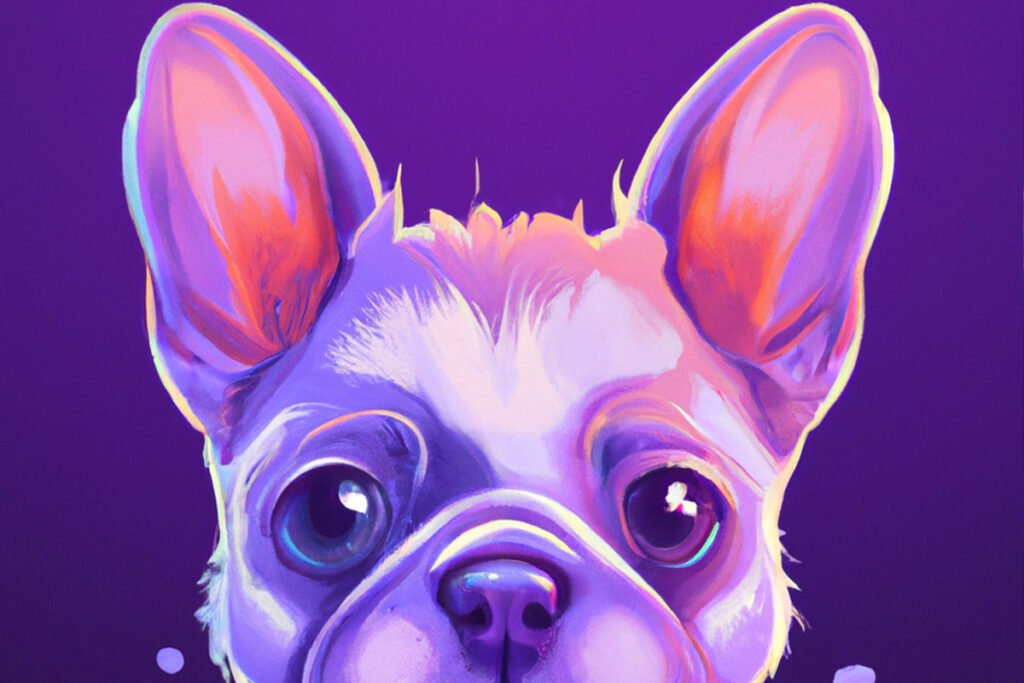
The other day, I was scrolling through my Instagram feed, bombarded as usual by perfectly posed selfies and mouthwatering food photos. But then something stopped me in its tracks. It was an image of an otherworldly landscape, bathed in ethereal light, with impossible structures reaching towards a swirling, star-studded sky. It was captivating, mesmerizing, and completely unlike anything I’d seen before. The caption simply read: “Created with Midjourney.”
Midjourney, I soon learned, was not a human artist but an AI, a machine learning model capable of generating images from text prompts. A wave of excitement, mixed with a strange disquiet, washed over me. Was this truly art? Could a machine, devoid of human emotions and experiences, produce something so visually stunning and thought-provoking?
The world of AI art has exploded in recent years, fueled by the development of powerful algorithms and readily available software. From DALL-E 2 to Stable Diffusion, these platforms allow anyone with an internet connection to conjure up images limited only by their imagination – or rather, the limitations of their text prompts. Want to see a cat riding a unicorn through a rainbow-colored galaxy? Type it in, and voila! AI will generate it for you.
This ease of creation and the sheer novelty of AI-generated art have captivated the public’s imagination. But it has also ignited a fiery debate: can machines be truly creative?
The traditional view of creativity often emphasizes originality, emotional depth, and the unique spark of human consciousness. We associate art with the artist’s life experiences, their emotions, their struggles, and their triumphs. It’s the human touch, the vulnerability and imperfection, that often makes art so compelling.
From this perspective, AI art might seem like a pale imitation. After all, these algorithms are trained on massive datasets of human-created images and text. They learn to identify patterns, mimic styles, and generate outputs that conform to pre-existing aesthetics. In essence, they’re remixing and rehashing the human creative output they’ve been fed.
Yet, there’s something undeniably intriguing about the process. The way AI can blend disparate concepts, create unexpected juxtapositions, and produce images that defy our expectations hints at a different kind of creativity. It’s not necessarily about replicating human emotions or experiences but about exploring new possibilities within the visual realm.
Perhaps AI is less a competitor to human artists and more a new kind of collaborator. A tool that can augment our creative processes, push us beyond our preconceived notions, and unlock new avenues of artistic exploration.
Consider the role of chance and randomness in the creative process. Human artists often rely on intuition, accidents, and unexpected discoveries to guide their work. Similarly, AI algorithms, despite their reliance on data and patterns, also incorporate elements of randomness and unpredictability. The same text prompt can generate a multitude of different outputs, each with its own unique character.
This inherent unpredictability is what makes AI art so fascinating. It’s like peering into a kaleidoscope, where familiar elements are rearranged into novel and often surprising configurations. This ability to generate the unexpected, to challenge our assumptions about what’s aesthetically pleasing or conceptually possible, is a valuable asset for any artist, human or otherwise.
But the rise of AI art also raises important ethical and philosophical questions. What happens when machines become prolific creators of art? Will we value art differently? Will human artists feel threatened or inspired by this new technology? And who ultimately owns the copyright to AI-generated images – the programmer, the user who provides the prompts, or the machine itself?
These are complex questions with no easy answers. As AI art continues to evolve, we’ll need to grapple with these issues and find ways to integrate this technology into our creative landscape in a responsible and meaningful way. One thing is for sure: the world of art will never be the same. The line between human and machine creativity is blurring, and the possibilities are as vast and uncharted as the digital landscapes AI can create. We’re entering a new era, not just for art, but for our understanding of creativity itself.



